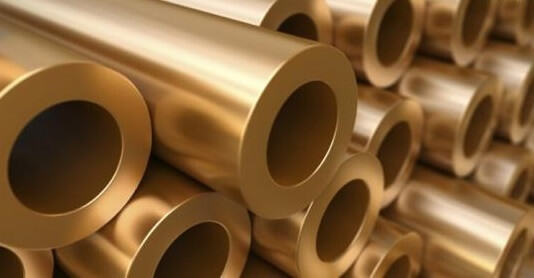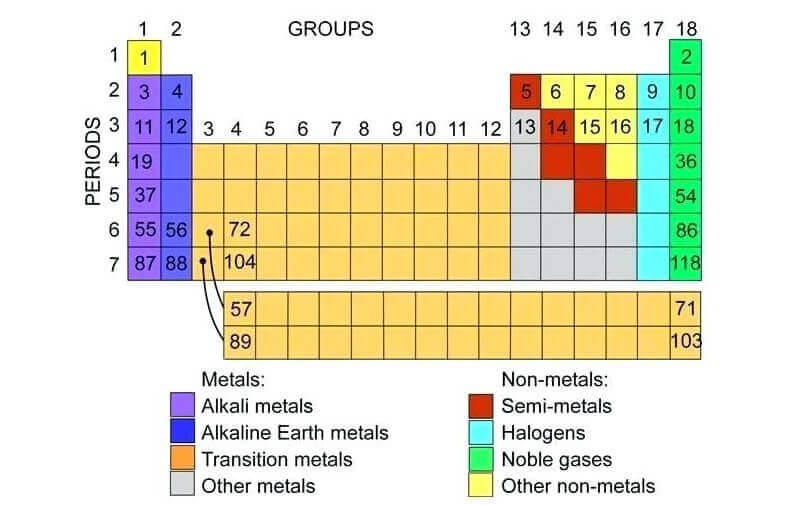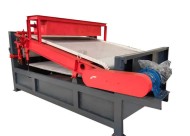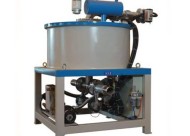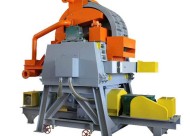What is nonferrous metal
What is nonferrous metal, in the narrow sense, non-ferrous metals are the collective name for all metals except iron, manganese and chromium. In a broad sense, non-ferrous metals also include non-ferrous alloys.
Non-ferrous alloy is composed mainly of non-ferrous metal (usually greater than 50%) and containing one or more other elements.
Non-ferrous metals can be classified into heavy metals (such as copper, lead, zinc), light metals (such as aluminum, magnesium), precious metals (such as gold, silver, platinum) and rare metals (such as tungsten, molybdenum, niobium, lithium, tantalum, uranium).
you may also interest in the Non-Ferrous Metal Sulfide Ore Processing Methods
Nonferrous metals list
China listed iron, chromium, and manganese as ferrous metals in 1958.
Nonferrous metals (except black metal 64 kinds of metal) include: aluminum, magnesium, potassium, sodium, calcium, strontium, barium, copper, lead, zinc, tin, cobalt, nickel, antimony, mercury, cadmium, bismuth, gold, silver, platinum, ruthenium, rhodium, palladium, osmium, iridium, beryllium, lithium, rubidium, cesium, titanium, zirconium, hafnium and vanadium, niobium, tantalum, tungsten, molybdenum, gallium, indium, thallium, germanium, rhenium, lanthanum, cerium, praseodymium, neodymium, samarium, europium, gadolinium, terbium, dysprosium, holmium, erbium, thulium, ytterbium and lutetium, scandium, yttrium and thorium.
The strength and hardness of non-ferrous alloys are generally higher than those of pure metals, the electrical resistance is larger than that of pure metals, the temperature coefficient of resistance is small, and it has good comprehensive mechanical properties.
Commonly used non-ferrous alloys are aluminum alloys, copper alloys, magnesium alloys, nickel alloys, tin alloys, niobium alloys, titanium alloys, zinc alloys, molybdenum alloys, zirconium alloys, and the like.
Because rare metals are important in the modern industry, they are sometimes separated from non-ferrous metals and become a single class. And juxtaposed with ferrous metals and non-ferrous metals, it becomes the three major categories of metals.
Non-ferrous metals are the basic materials for the development of the national economy. Most industries such as aviation, aerospace, automobile, machinery manufacturing, power, communications, construction, and home appliances are based on non-ferrous metal materials.
With the rapid advancement of modern industry, agriculture and science and technology, the status of non-ferrous metals in human development is becoming more and more important. It is not only an important strategic material in the world, an important means of production, but also an important material for indispensable consumption materials in human life.
Classification
In practical applications, non-ferrous metals are usually divided into five categories:
1. Light metal
The density is less than 4500 kg/cubic meter (0.53 ~ 4.5g / cm3), such as aluminum, magnesium, potassium, sodium, calcium, strontium, barium and the like.
2. Heavy metal
The density is greater than 4500 kg/m3 (4.5 g/cm3), such as copper, nickel, cobalt, lead, zinc, tin, antimony, bismuth, cadmium, mercury, and the like.
3. Precious metal
The price is more expensive than common metals, the abundance of the crust is low, the purification is difficult, and the chemical properties are stable, such as gold, silver and platinum group metals.
4. Semi-metal
The property is between metal and non-metal, such as silicon, selenium, tellurium, arsenic, boron and the like.
5. Rare metal
What’s Rare Earth Minerals – What are rare earths used for?
Including rare light metals such as lithium, strontium, barium, etc.;
Rare refractory metals such as titanium, zirconium, molybdenum, tungsten, etc.;
Rarely dispersed metals such as gallium, indium, antimony, etc.;
Rare earth metals such as lanthanum, cerium, and lanthanide metals;
Radioactive metals such as radium, francium, polonium, uranium, thorium, and the like.
Application
Non-ferrous metals are essential materials and important strategic materials for the national economy, people’s daily life and national defense industry, and the development of science and technology.
Agricultural modernization, industrial modernization, national defense and the modernization of science and technology are all inseparable from non-ferrous metals. For example, cutting-edge weapons such as airplanes, missiles, rockets, satellites, nuclear submarines, and the components or components required for cutting-edge technologies such as atomic energy, television, communications, radar, and electronic computers are mostly made of light metals and rare metals in non-ferrous metals; There are no non-ferrous metals such as nickel, cobalt, tungsten, molybdenum, vanadium and niobium, and there is no production of alloy steel.
Today’s non-ferrous metals have become an important material basis for determining the development of a country’s economy, science and technology, and national defense construction. It is a key strategic resource for enhancing the country’s comprehensive strength and safeguarding national security. Especially in industrialized countries, they are competing to develop the non-ferrous metals industry and increase strategic reserves of non-ferrous metals.
Are you facing the mineral processing problem? We are here to help — JXSC knowledge team — mining equipment and solution provider, since 1985.
LATEST PRODUCTS
Plate Magnetic Separator
【Capacity】8-35 t/h 【Power】1.5-3 kW 【Applic…
Slurry Magnetic Separator
【Capacity】10-100 m3/h 【Feeding Material Densi…
Vertical Ring High Gradient Magnetic Separator
【Capacity】0.01-150 TPH【Feeding Size】0-1.2…






